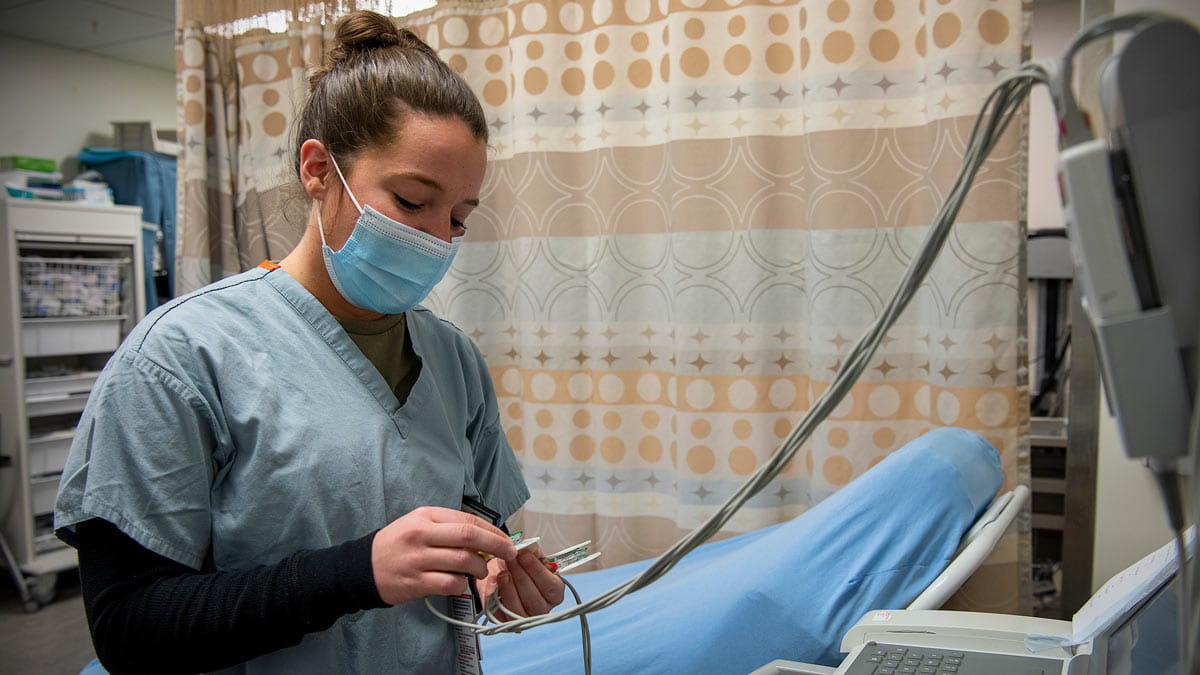Has working from home become a real pain in the neck?

For most people tied to their computers all day, it’s easy to work from home. With proper assistance from your company, you can access the same information from your computer at home that you can at the office.
Where it begins to get complicated is the ergonomics of your workspace. Your office likely has proper furniture and equipment to protect your body. If you’re just plugging in a computer or laptop at home, you might not have an office that’s correct in that respect.
Ergonomics is the science of fitting the job to the worker.
Where it begins to get complicated is the ergonomics of your workspace. Your office likely has proper furniture and equipment to protect your body. If you’re just plugging in a computer or laptop at home, you might not have an office that’s correct in that respect.
Ergonomics is the science of fitting the job to the worker.
By providing a better-fitting work environment, employees can expect higher productivity, less illness and injury risk, and increased job satisfaction.
As comfortable as some options may sound, using an improper workstation setup for an extended duration can cause awkward posture that can increase the risk for ergonomic-related injuries or musculoskeletal disorders such as tendonitis and carpal tunnel syndrome. It’s important to set up your workstation as best you can to prevent injury, regardless of where you might work.
Sure, you can invest in a height-adjustable table or keyboard tray or ergonomic chair, but you also can make simple changes to your workstation using things you already have in your home. Below are some simple tips for your setup:
- Use a good office chair: If you don’t have a good chair, add pillows for back and leg support.
- Raise your chair: Most kitchen tables and desks are too high. Use a pillow as a seat cushion, if needed, or, better yet, use an external keyboard and a lap desk.
- Support your feet: Use a step stool or a sturdy box, if they don’t firmly touch the ground while sitting.
- Take frequent breaks: Get up and stretch at least one every 30 minutes
- Stand up: Have a phone call? Stand or pace for the duration of the call to get in some extra movement.
- Work from a variety of spaces: Changing your posture often is important.
- Move your monitor: Place your monitor about 20 inches in front of you or at arm’s length. Having the monitor too close will strain your eyes, while placing it too far away may make you slouch forward in an attempt to read what’s on the screen.
- Stay hydrated: Drink lots of water to stay hydrated and to naturally remind you to get up and take a break.
- Establish a routine: If you have kids or pets, you’ll get interrupted. Try to involve them when you take a break so they get time with you throughout the day. Accept that your work and personal life will intersect, and that’s OK.
Cathy Black is an environmental safety officer for Ohio State Environmental Health and Safety at The Ohio State University.




